F3-led effort aims to accelerate adoption of alternative ingredients and feeds

Fact: The earth’s population is increasing – we need to increase the production of nutritious food.
Fact: Many aquatic proteins are efficient and supply critical nutrients for humans – fed aquaculture will continue to be important moving forward.
Fact: Fed aquaculture technologies today depend on wild caught fishmeal and fish oil, which are in limited supply and constrain the ability for aquaculture to grow – we need to find alternative ingredients.
To position aquaculture for future growth, it needs tools to evaluate a growing spectrum of alternative ingredients and formulated diets designed to optimize fish health and enable efficient production.
We face an uncertain future regarding global food security. We have more people than Earth can support without mitigating human impacts on the environment with new technological solutions. Climate change may significantly impact where and how we produce food. Aquaculture is one of the fastest-growing areas of food production globally, and it is one of the tools that will ensure our ability to quickly adapt to an uncertain future.
Aquaculture is in a good place to meet current demands. Fishmeal and fish oil, the drivers of fed aquaculture, are efficient and nutritionally complete sources of nutrients, and the industry has been learning to stretch a relatively consistent supply. But fishmeal and fish oil are ultimately a limited resource, and a potential future bottleneck (physical or economic) for aquaculture. Without alternatives, future growth of aquaculture will be kept in check. To date, aquaculture has met these challenges. Between 2008 and 2018, global aquaculture increased 62 percent while the global supply of fishmeal decreased 12 percent. Aquaculture must continue to innovate and not be satisfied with the status quo.
The need for solutions has been driving innovation in aquaculture, and the advances in aquafeed sustainability and overall nutrition is testament to this. Reflecting the growing interest in alternative feed ingredients for aquaculture, Tlusty et al.’s paper “A transdisciplinary approach to the initial validation of a single cell protein as an alternative protein source for use in aquafeeds” published in the journal PeerJ in 2017 was one of the top five papers in the fields of Agricultural Science, Aquaculture, Fisheries and Fish Science, Biotechnology and Food Science and Technology, with 1,648 views.
This paper was an initial validation of the applicability of the KnipBio product Methylobacterium extorquens, for use in feeds over a range of species, including Pacific white shrimp (Litopenaeus vannamei) growth and consumer taste preference; smallmouth grunt (Haemulon chrysargyreum) growth, survival, health and gut microbiota; and Atlantic salmon (Salmo salar) digestibility. Essentially, using a variety of species and methods, this study demonstrated broad applicability of a single-cell protein. This is exciting, given that this bacterium could still undergo fine-scale tuning to increase its utility in aquaculture.
Innovative solutions for aquaculture has also been the goal behind The Future of Fish Feed (F3), a collaborative effort between NGOs, researchers and private partnerships to accelerate and support the scaling of innovative, alternative aquaculture feed ingredients such as bacterial meals, plant-based proteins, algae and yeast to replace wild-caught ingredients. Its overarching goal is to ensure that our shared future becomes more sustainable. In order to encourage alternative feed development, the F3 team is developing the Feed Innovation Network (FIN), dedicated to accelerating the adoption of innovative ingredients and feeds by the industry.
Interacting with ingredient providers, feed companies and academic researchers, the F3 team identified that many alternative ingredient providers were unfamiliar with the information that feed companies needed when deciding to adopt a new ingredient. To assist in the timely development of quality data, the F3 team developed ingredient evaluation protocols presented as a workflow diagram that identifies eight types of experiments needed to fully evaluate an ingredient (green boxes in Fig. 1), This draft protocol is based on procedures of the U.S. Department of Agriculture’s Agricultural Research Service (USDA/ARS) and Glencross et al. (2007), and the contribution of the F3 team was to standardize this workflow, and present it pictorially.
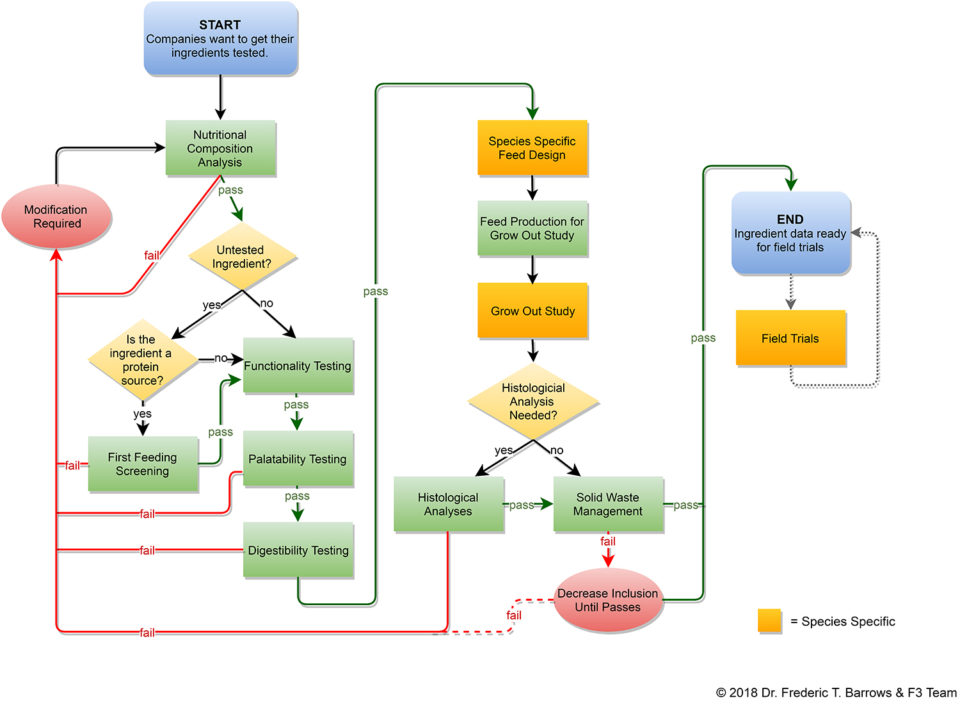
Within each of the eight experiments, a panel of experts will develop protocols that detail recommended procedures and data presentation. The improved communication of standardized testing procedures is the first step in the process to streamline the information flow for new alternative ingredients. In the future, we will detail further efforts to improve and streamline data management and distribution.
This workflow may look complicated and onerous, but the steps are fairly straightforward from a research perspective. Many of the first steps are a basic part of any type of feed trial conducted in aquaculture (proximate analysis, ensuring feed is functional, palatable, digestible and leads to good growth). Often, the results of the separate steps of the protocol are conducted separately in multiple trials reported in different publications. The diagram (Fig. 1) was being developed over the same time period as when one of us (Tlusty) was conducting the study of “A transdisciplinary approach to the initial validation of a single-cell protein as an alternative protein source for use in aquafeeds.”
In a post-hoc overlay of our study with the FIN ingredient evaluation protocol, we completed nearly all of the evaluative steps in the tool. The only missing steps included a traditional histological analysis (we actually conducted a gut microbiome evaluation to ensure that we were not significantly altering normal function), a study of solid waste management and full-scale field trials. Moreover, we were able to conduct this work in an extremely cost-efficient manner at Roger Williams University by utilizing small tank grow-out of shrimp to examine final product quality (taste and texture). Students at the University of Massachusetts Boston provided assistance data analysis of the fish gut microbiome.
Aquaculture is poised to provide a growing global population with access to nutritious food. To overcome limitations, the industry needs to support innovation. Creating solutions for feed is a necessary step. The results and data of this work must be made available for adoption by feed manufacturers, which will help position aquaculture to meet the future demands. We encourage those creating novel feed solutions to use the ingredient evaluation protocol as means to standardize results and make innovative solutions more accessible to the aquaculture industry.
Acknowledgements: The work on the PeerJ paper was a team effort including L. Feinberg of KnipBio; Dr. A. Rhyne; J. Szczebak and B. Bourque of Roger Williams University; Dr. J. Bowen now with Northeastern University; and Dr. G. Burr of National Cold Water Marine Aquaculture Center, USDA/ARS. We would also like to thank the F3 team for its hard work on the ingredient evaluation workflow.
Now that you've reached the end of the article ...
… please consider supporting GSA’s mission to advance responsible seafood practices through education, advocacy and third-party assurances. The Advocate aims to document the evolution of responsible seafood practices and share the expansive knowledge of our vast network of contributors.
By becoming a Global Seafood Alliance member, you’re ensuring that all of the pre-competitive work we do through member benefits, resources and events can continue. Individual membership costs just $50 a year.
Not a GSA member? Join us.
Authors
-

Michael Tlusty, Ph.D.
F3 Judge and Associate Professor
Sustainability and Food Solutions,
University of Massachusetts at Boston
-

Rick Barrows, Ph.D.
F3 Chief Scientific Officer
Founder, Aquatic Feed Technologies, LLC
-
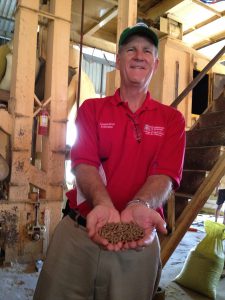
Kevin Fitzsimmons, Ph.D.
F3 Judge
Professor of Environmental Science
College of Agriculture and Life Sciences
University of Arizona
Tagged With
Related Posts
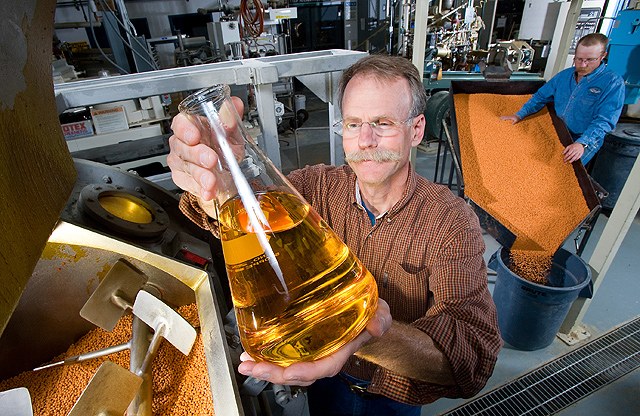
Aquafeeds
F3 takes on a new challenge – fish oil alternatives
Building off the success and excitement of the fish-free aquaculture feed cash-prize contest that concludes this fall, the F3 Challenge has set its sights on a new target: fish oil alternatives.
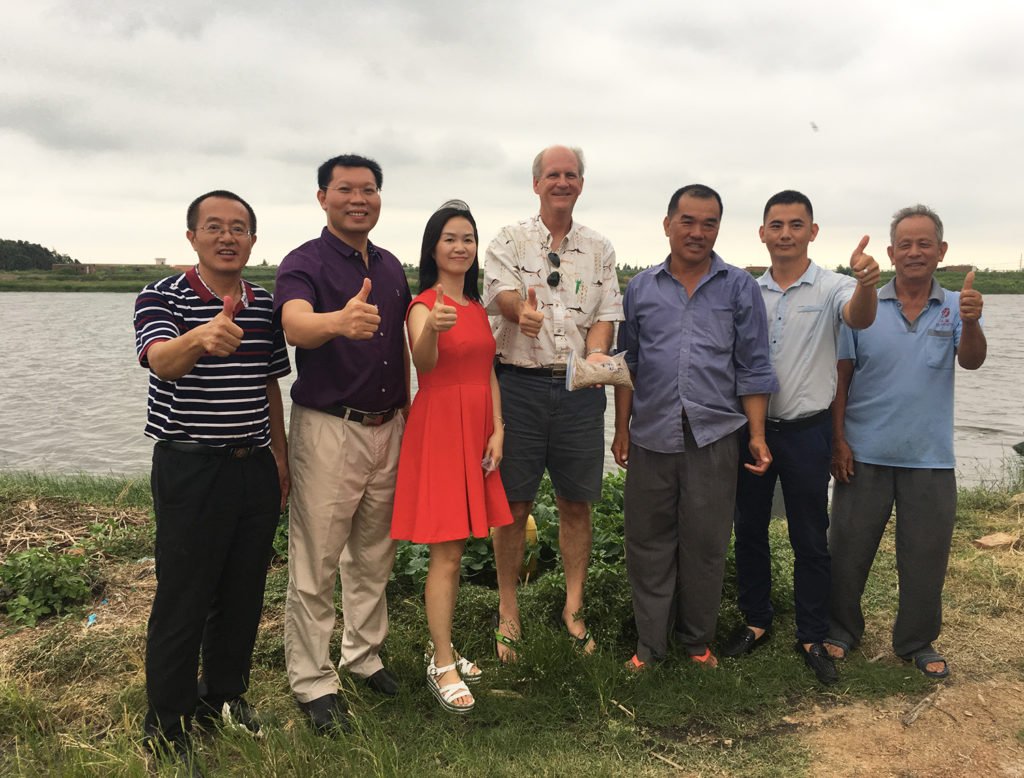
Aquafeeds
Aquaculture feed producer Evergreen wins F3 Challenge
The inaugural F3 Challenge sought to drive innovation in the aquafeed sector and reduce aquaculture's reliance on marine ingredients like fishmeal and fish oil.
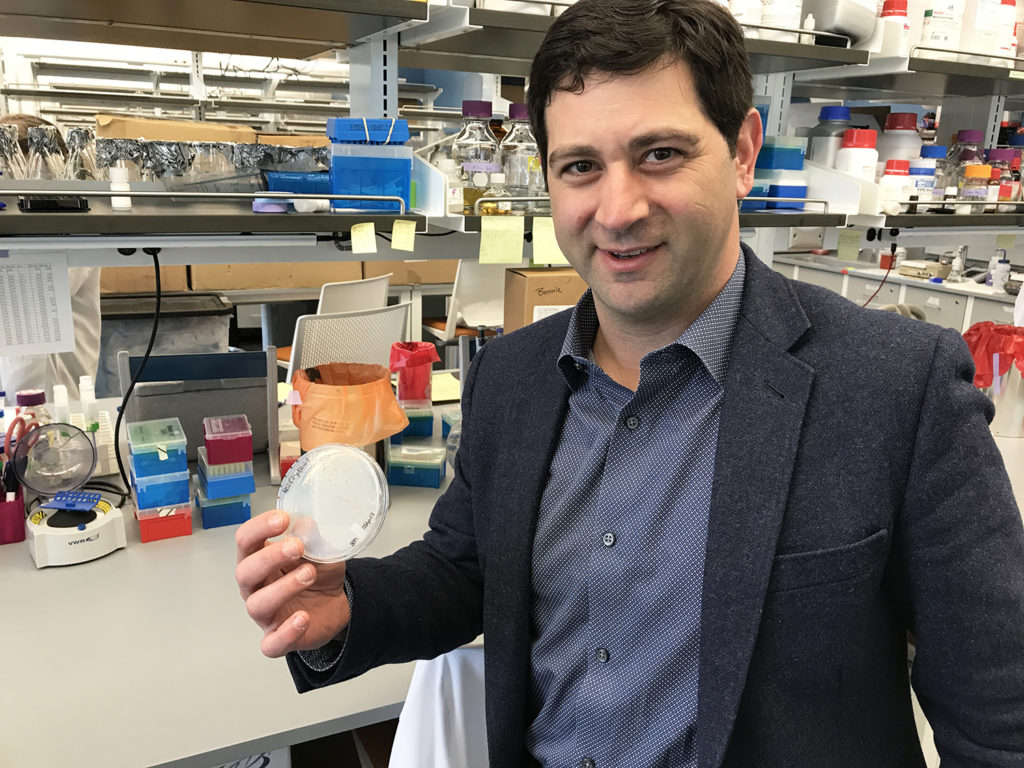
Aquafeeds
The pink powder that could revolutionize aquaculture
KnipBio, a Massachusetts-based biotechnology startup founded in 2013, is refining the manufacturing process for a promising aquaculture feed ingredient that may one day form the foundation of the food that farmed fish eat.
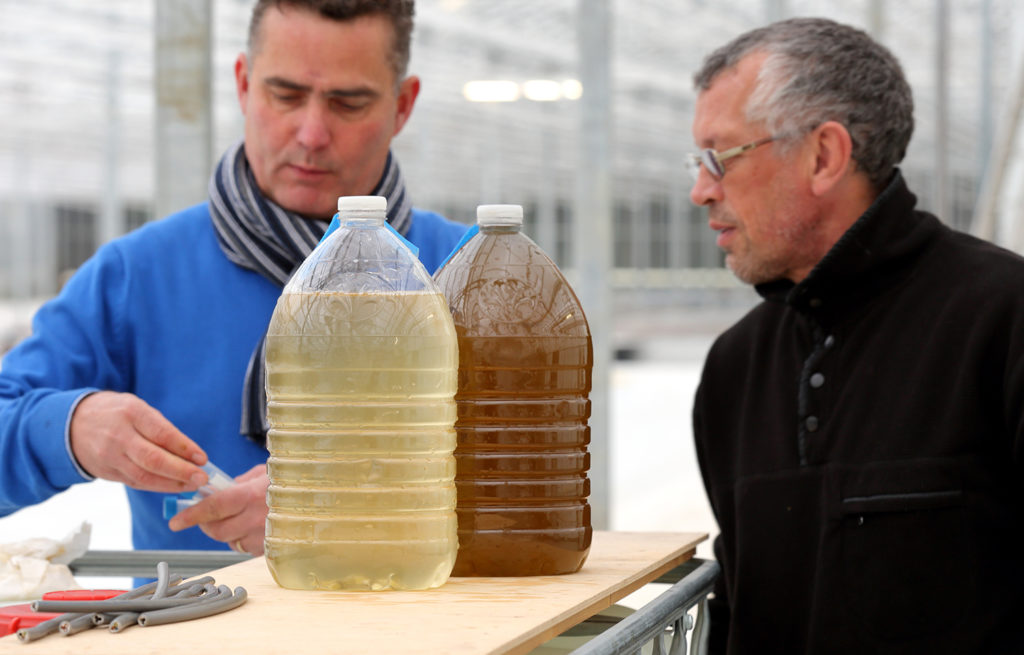
Innovation & Investment
Algae innovators aim to freeze out early-stage shrimp losses
A greenhouse in Belgium believes its innovative shrimp feed product, made from freeze-dried microalgae, packs the necessary nutrients for the crustacean’s most vulnerable life stage: the first three days of its life.


